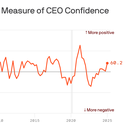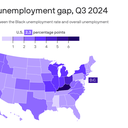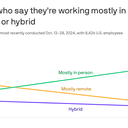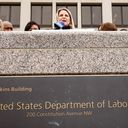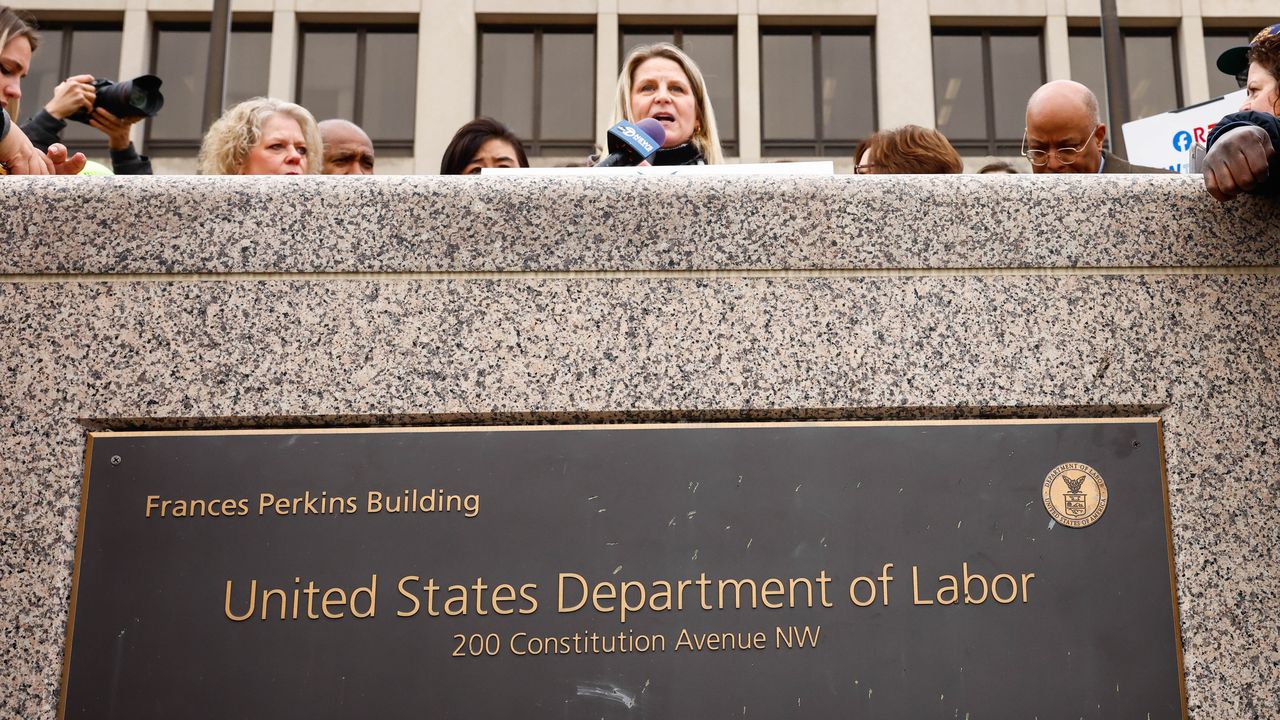Federal agencies, unions tell employees not to answer Musk's or-else email
Multiple agencies and unions have told federal workers not to respond to a new email demanding that they account for their work over the last week — despite Elon Musk's threat they'll lose their jobs if they don't.
Why it matters: As much as Musk's DOGE effort has disrupted the federal government so far, there's been relatively little tangible internal pushback — until now.
- The high-stakes stand-off could reshape the federal workforce over the next couple of days and will test the depth of President Trump's support for Musk's slash-and-burn campaign.
Catch up quick: Musk posted to X on Saturday afternoon that all federal employees would get an email asking them to explain what they'd accomplished this week.
- Failure to respond, he said, would be tantamount to resignation. It followed a Trump post to Truth Social early Saturday calling on Musk to get more aggressive with his DOGE project.
- The Office of Personnel Management (OPM) sent the email Saturday afternoon, telling people they had until 11:59 p.m. ET on Monday to respond. (The email did not include Musk's or-else threat.)
Zoom out: Two of the largest unions representing federal workers, the American Federation of Government Employees (AFGE) and the National Treasury Employees Union (NTEU), told their members to be cautious responding, or not to respond.
- "AFGE will challenge any unlawful terminations of our members and federal employees across the country," union president Everett Kelley said in a statement Saturday night.
- Kelley sent a letter to OPM acting director Charles Ezell on Sunday, demanding the email be withdrawn by that night. The AFGE also sent guidance to members Sunday saying they should respond if ordered to do so by their agencies.
Zoom in: Beyond the unions, a number of federal departments and agencies also appear to have told employees not to respond.
- The Department of Defense told its employees that only the department is responsible for "reviewing the performance of its personnel" and it will undertake employee reviews "in accordance with its own procedures." Employees were told to disregard the OPM email.
- NBC reported that new FBI director Kash Patel told employees not to answer the email.
- Government Executive reported that NOAA and NSA employees were told the same.
- The New York Times reported that State Department employees were also told not to respond.
OPM's email led to chaos and confusion inside agencies.
For example, Employees at the Department of Homeland Security were told not to respond to the Musk directive and that management would handle it, per an email viewed by Axios, from R.D. "Tex" Alles, deputy under secretary for Management at the agency.
- But the email conflicted with guidance on how to respond — while keeping classified information safe — given earlier so some DHS workers from a mid level manager, also viewed by Axios.
The manager also listed some examples of "inappropriate" responses that appeared to mock Musk, including:
- "Drafted an IFR to implement the Martian Exclusion Act of 2040" and "Provided ICE operational plans for their raid next week on the Martian gang that took over Coolidge Hotel in Musktopia. Mars. Etc"
- The weekend guidance emails are creating chaos and in some cases real fear and anxiety for federal employees, one worker said.
Meanwhile, the National Weather Service has instructed staff to reply to the OPM email in coordination with their supervisor, according to an email shared with Axios.
For the record: An OPM spokesperson reiterated that the office was making the request, but said agencies will determine any next steps.
- The White House did not immediately respond to requests for clarification on the timing of those determinations — before the deadline to reply, as some have already done; or after replies have been received.
What we're watching: It remains unclear what will actually happen if employees don't respond.
- Legal action is possible, if not likely, on Monday to try and block any response.
- There's also the unanswered question of what OPM and agencies will do with all these emails, which could end up numbering in the millions.
Go deeper: Americans wary of Elon Musk and DOGE, recent polls show
Editor's note: This story has been updated with further details on AFGE's communication with members.
Andrew Freedman contributed reporting.
Are you a federal employee with a tip? You can reach Emily Peck confidentially on Signal @emilyrpeck.71.




